Ground mustard and dry mustard are not the same. Ground mustard is pure powdered mustard seeds with no additives, while dry mustard often contains turmeric, salt, or preservatives for enhanced flavor and color. If you've ever stood in your kitchen squinting at two bottles labeled 'ground mustard' and 'dry mustard,' wondering if they're interchangeable — you're not alone.
Defining the Duo: Ground Mustard vs. Dry Mustard
Let's start with the basics: both ground mustard and dry mustard come from mustard seeds that have been crushed or milled into powder form. But here's where it gets interesting:
- Ground Mustard: This is simply the powdered form of whole mustard seeds. It can be made from yellow, brown, or black mustard seeds, depending on the brand and region. It's often used as a base for homemade mustard pastes when mixed with water, vinegar, or wine.
- Dry Mustard: Also known as prepared mustard powder, this version sometimes contains added ingredients like salt, turmeric (for color), or preservatives to enhance flavor and shelf life. It's designed to be more 'ready-to-use' compared to pure ground mustard.
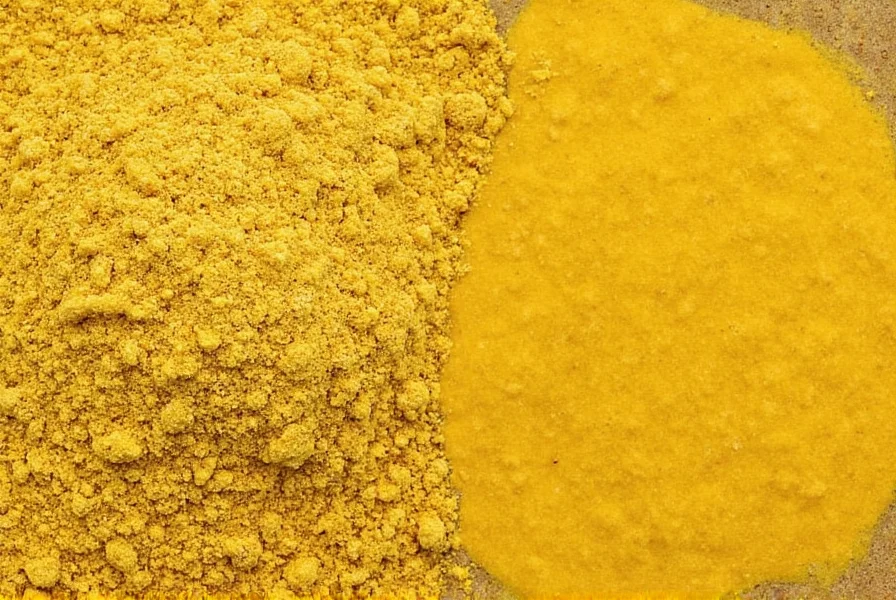
Visual Comparison: Color, Texture, and Appearance
| Aspect | Ground Mustard | Dry Mustard |
|---|---|---|
| Color | Varies from light tan to deep brown | Bright yellow to golden due to turmeric addition |
| Texture | Finely ground, slightly gritty | Smooth, silky texture |
| Smell | Mildly pungent | Stronger, more acidic aroma |
Flavor Profiles: What's the Difference?
The key difference lies in the flavor intensity and complexity:
- Ground Mustard has a more natural, nutty undertone. When activated with liquid (like cold water), it releases enzymes that produce its signature heat.
- Dry Mustard, especially commercial brands, tends to be sharper and more tangy due to added vinegar or preservatives.
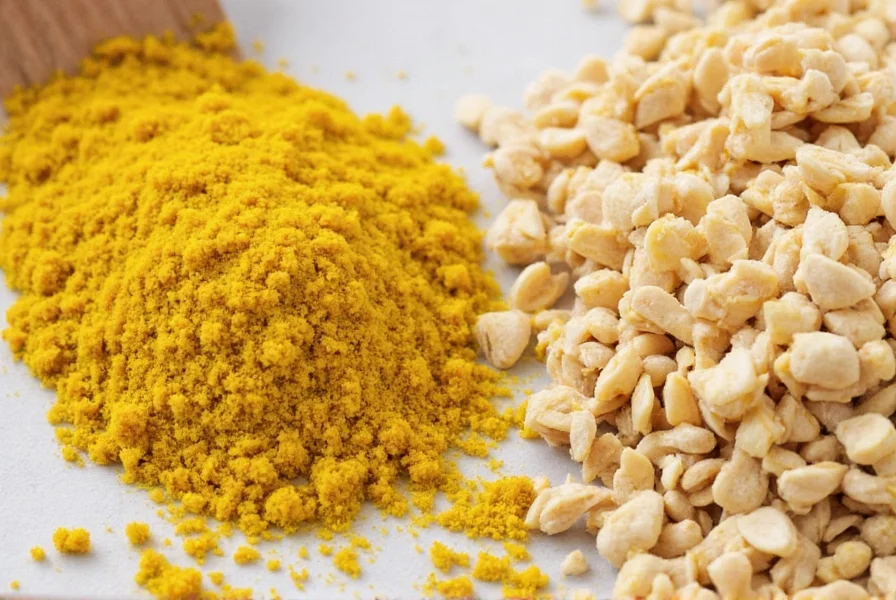
Culinary Uses: When to Use Which?
Here's a quick list of ideal uses based on each type:
- Ground Mustard shines in:
- Homemade mustard recipes
- Rubbing meats (especially pork or ham)
- BBQ sauces
- Vegan cheese alternatives
- Dry Mustard is perfect for:
- Pickling brines
- Salad dressings
- Marinades
- Instant flavor boost in soups and stews
Can You Substitute One for the Other?
Yes — but with caveats!
- If substituting ground mustard for dry mustard, use about 1.5x the amount since dry mustard is often more potent.
- If using dry mustard instead of ground mustard, expect a stronger flavor and possibly an orange hue due to turmeric. Adjust accordingly.
TIP: Always taste-test first when swapping spices, especially in delicate dishes.
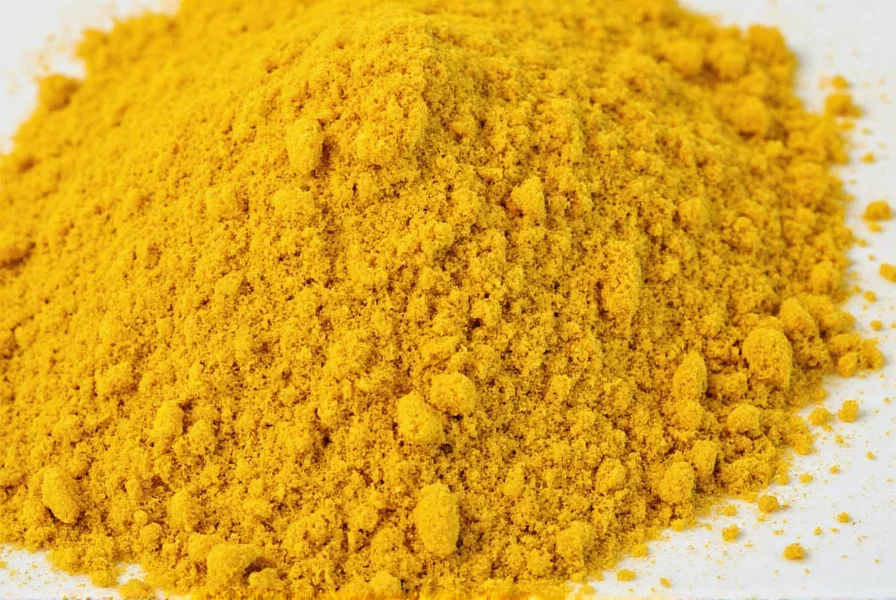
Buying Guide: How to Choose the Right Mustard Powder
When shopping for mustard powder, consider these factors:
- Ingredients: Read the label! Look for "pure ground mustard" if you want minimal additives. Avoid artificial preservatives unless necessary.
- Brand Recommendations:
- McCormick Ground Mustard: Great for all-purpose cooking. Pure, no extras.
- Colman's Dry Mustard: Sharp, bold flavor. Ideal for pickling and dressings.
- Spice Islands Dry Mustard: Budget-friendly and widely available.
- Use Cases:
- For grilling rubs: go for pure ground mustard.
- For creamy sauces or marinades: opt for dry mustard.
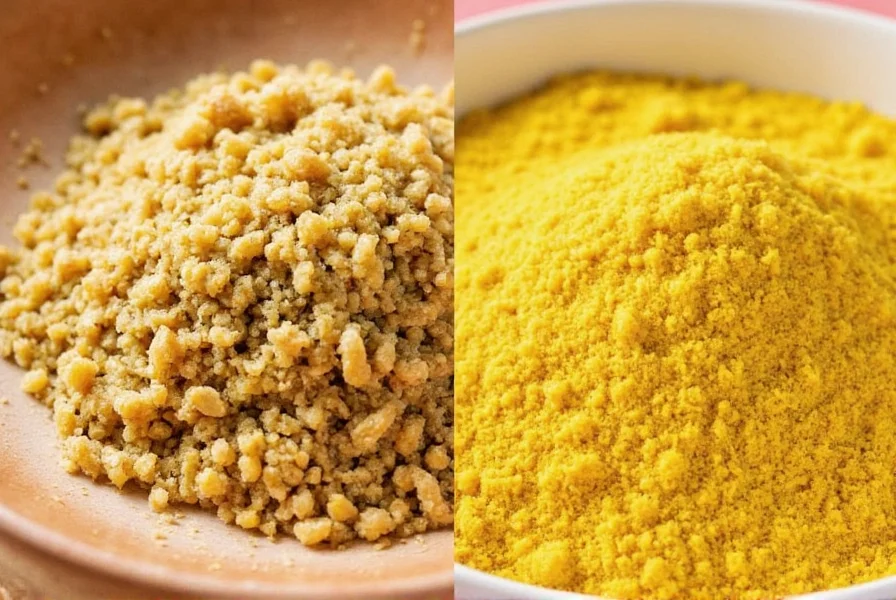
Storage Tips: Keep Your Mustard Fresh
To preserve potency and flavor:
- Store in a cool, dark place like a pantry or spice drawer.
- Keep the lid tightly sealed to prevent moisture absorption.
- Label with purchase date — both types last up to 2–3 years when stored properly.
- If your mustard powder clumps or smells off, it's time to replace it.
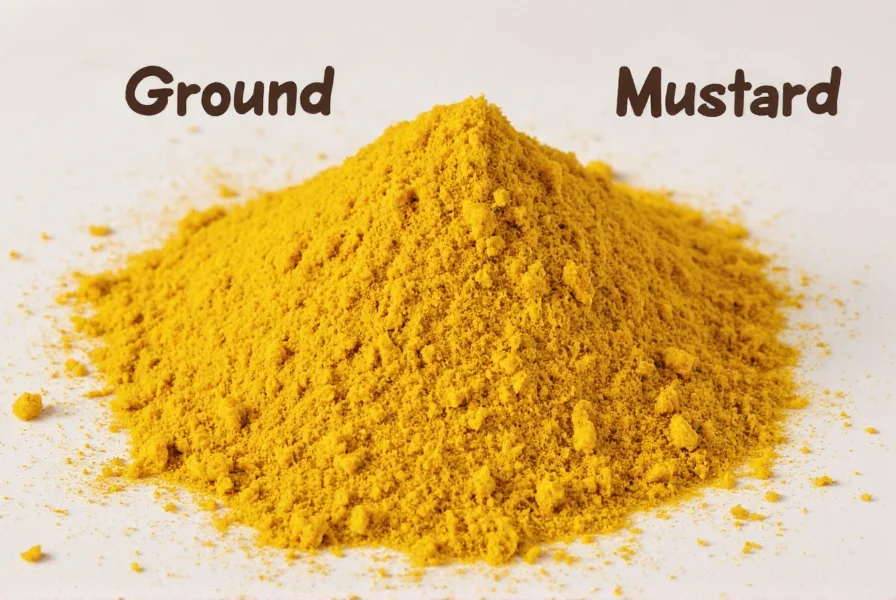
Homemade Mustard: DIY Magic
Want full control over your mustard? Try making your own!
- Grind whole mustard seeds (yellow, brown, or a mix) into a fine powder.
- Mix with water, vinegar, wine, or beer until desired consistency is reached.
- Add honey, salt, garlic, or herbs for custom flavor profiles.
Pro Tip: Letting the mixture rest for a few hours enhances depth of flavor.
Fun Facts & Myths Debunked
- Myth: All mustard powders are created equal.
Truth: Not true! Some are spicier, some sweeter, and others just plain weird (we're looking at you, blueberry mustard). - Did you know mustard was one of the earliest condiments used in ancient Egypt and Rome?
- Mustard seeds were once believed to cure snakebites and ward off witches. 🧙♂️
- In the U.S., Americans consume over 700 million pounds of mustard annually — that's a lot of hot dogs!
Frequently Asked Questions
Is ground mustard the same as dry mustard?
No, they're not identical. Ground mustard is pure crushed seeds with no additives, while dry mustard often contains turmeric, salt, or preservatives for enhanced flavor and color. Both start as mustard seeds but differ in composition and culinary applications.
Can I use ground mustard instead of dry mustard in recipes?
Yes, but use 1.5 times the amount of ground mustard to match dry mustard's potency. Since dry mustard contains additives like turmeric, your dish may lack yellow coloring unless you add a pinch of turmeric separately.
Why does dry mustard contain turmeric?
Turmeric is added to dry mustard primarily for its vibrant yellow color and mild earthy flavor. It helps create the familiar bright hue associated with prepared mustard without significantly altering the taste profile.
Which has a stronger flavor: ground or dry mustard?
Dry mustard typically has a sharper, more intense flavor due to added acids and preservatives. Pure ground mustard offers a more nuanced, nutty heat that develops when mixed with liquid. For bold flavors in dressings or pickles, dry mustard usually packs more punch.
How long do mustard powders stay fresh?
Both types remain potent for 2-3 years when stored properly in airtight containers away from light and moisture. Ground mustard may retain freshness slightly longer since it lacks added ingredients that could degrade. Always check for musty smells or clumping before use.
Conclusion: Spice Up Your Life with Clarity
So, is ground mustard the same as dry mustard? Now you know the answer isn't black and white. While both originate from mustard seeds, their differences in composition, flavor, and usage make them unique players in your spice cabinet.
Whether you're mixing up a barbecue rub or jazzing up your deviled eggs, knowing which mustard to reach for can make all the difference in flavor and performance.
Remember:
- Use ground mustard for natural, raw spice power.
- Reach for dry mustard when convenience and color matter.
- Experiment! Mix, match, and discover your favorite flavor combos.
Now go forth and season like a pro!
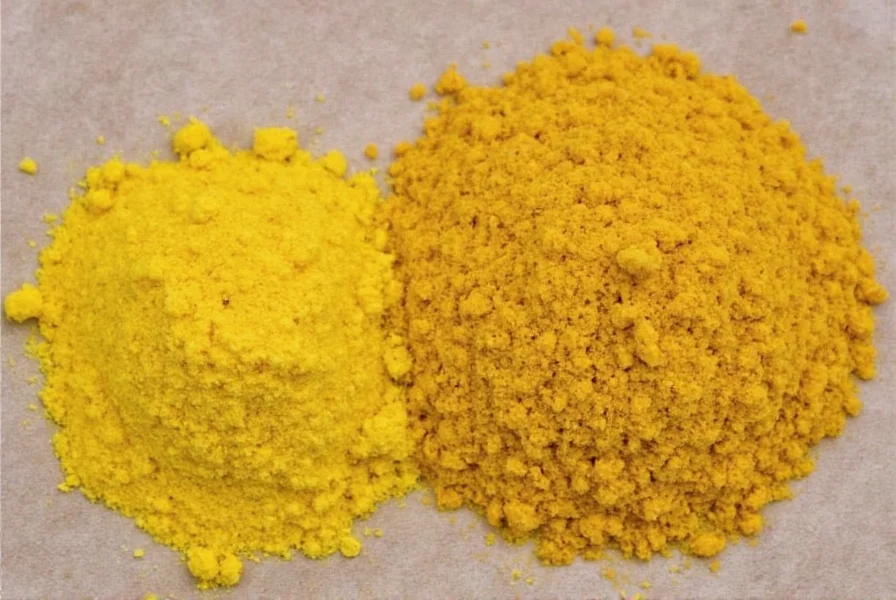

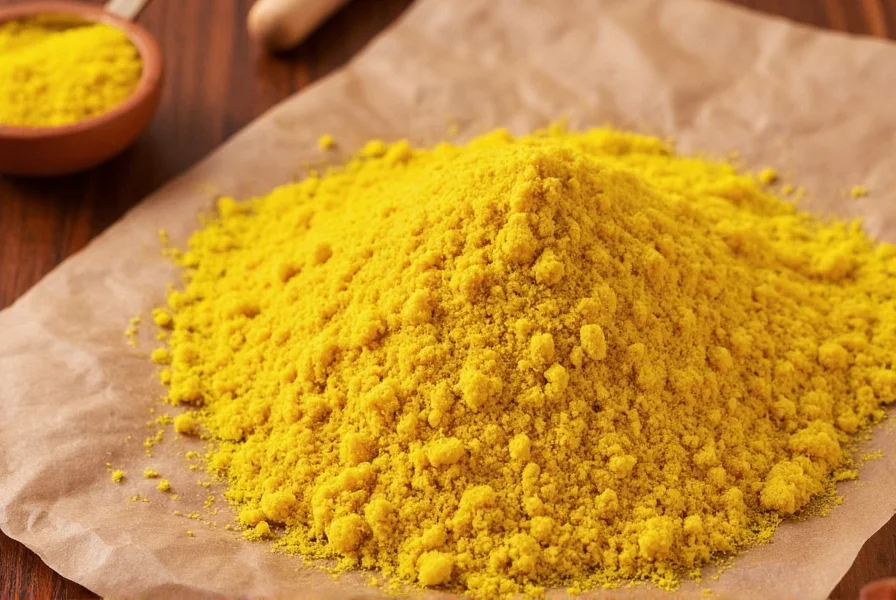









 浙公网安备
33010002000092号
浙公网安备
33010002000092号 浙B2-20120091-4
浙B2-20120091-4